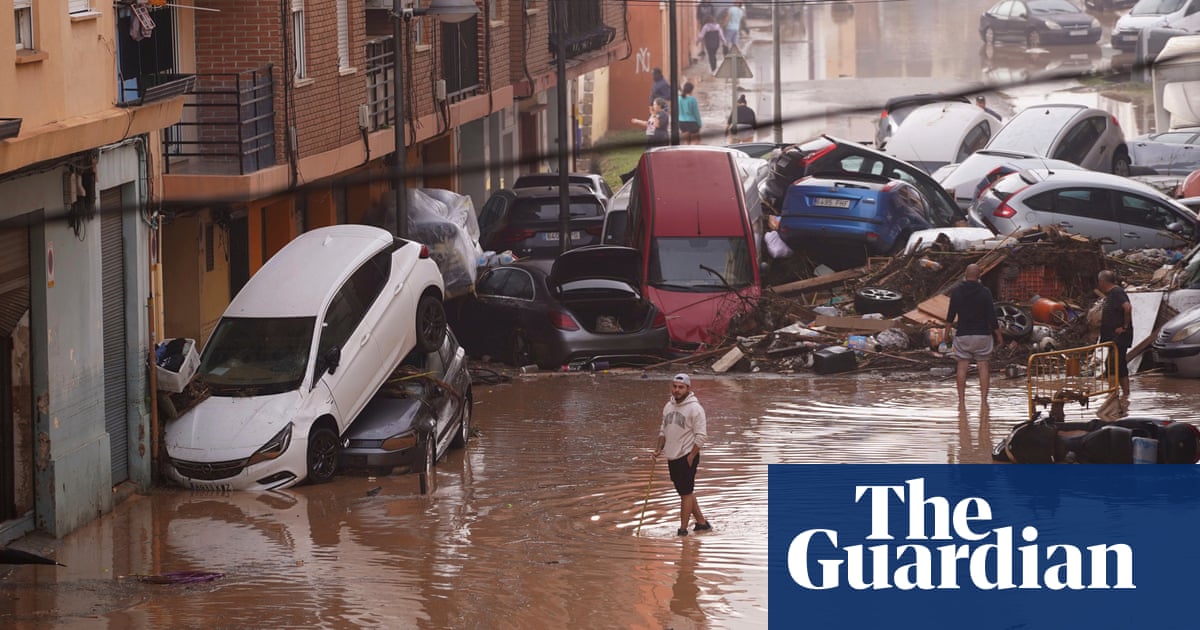Is Europe’s climate crisis accelerating faster than we thought? Dive into the alarming realities of Europe’s changing climate in 2024, where record-breaking heatwaves, catastrophic floods, and unprecedented glacial melt paint a concerning picture of the future. discover how these extreme weather events unfolded and what they signify for the continent’s future, highlighting the urgent need for climate action.
Europe’s Climate Crisis: A Glimpse into a Hotter Future
Table of Contents
The European continent is facing a climate crisis, with 2024 marking its hottest year on record. This isn’t just a blip; it’s a stark warning of what’s to come. The European State of the Climate report highlights the dramatic impacts of climate change,from devastating floods to scorching heatwaves and unprecedented glacier melt [[1]].
The Rising Tide: Floods and Extreme Weather
In 2024,Europe witnessed catastrophic flooding,affecting hundreds of thousands of people. Central Europe and eastern Spain were notably hard hit, with the floods in these regions accounting for the majority of the continent’s flood-related deaths [[1]]. These events are not isolated incidents; they are a direct consequence of global heating, wich intensifies rainfall and increases the likelihood of extreme weather events.
Did you know? The European river network saw “high” floods on 30% of its rivers in 2024, with 12% exceeding the “severe” flood threshold [[1]].
heatwaves and Wildfires: A Fiery Reality
The report also revealed record-breaking heatwaves across Europe. Southeastern Europe endured its longest heatwave on record, lasting for 13 consecutive days. This extreme heat fueled destructive wildfires, particularly in Portugal, where vast areas were consumed by flames in a single week [[1]].
Pro tip: Stay informed about local weather alerts and fire warnings. Prepare an emergency plan and know how to protect yourself and your family during extreme heat or wildfire events.
Glaciers in Retreat: A Sign of the Times
The impact of climate change extends beyond extreme weather events.Glaciers across europe experienced unprecedented ice loss in 2024, with Scandinavia and Svalbard suffering the most significant mass loss ever recorded [[1]]. This melting contributes to rising sea levels and disrupts delicate ecosystems.
Looking ahead: A Call for Action
The trends observed in 2024 are not isolated incidents; they are a glimpse into a future where extreme weather events become more frequent and intense. The report emphasizes the urgent need for both mitigation and adaptation measures. While Europe is making progress in reducing emissions, more needs to be done, and it needs to be done faster [[1]].
Reader question: What can individuals do to contribute to climate action?
The path forward requires a collective effort. Governments,businesses,and individuals must work together to reduce greenhouse gas emissions,invest in renewable energy,and adapt to the changing climate. The EU’s commitment to net-zero emissions by 2050 is a step in the right direction, but ambitious targets and decisive action are crucial.
Did you know? Europe is warming twice as fast as the global average [[1]].
The future of Europe depends on our ability to address the climate crisis. By understanding the trends,taking action,and working together,we can mitigate the worst impacts and build a more sustainable future.
What are your thoughts on the future of Europe’s climate? Share your comments and ideas below!

